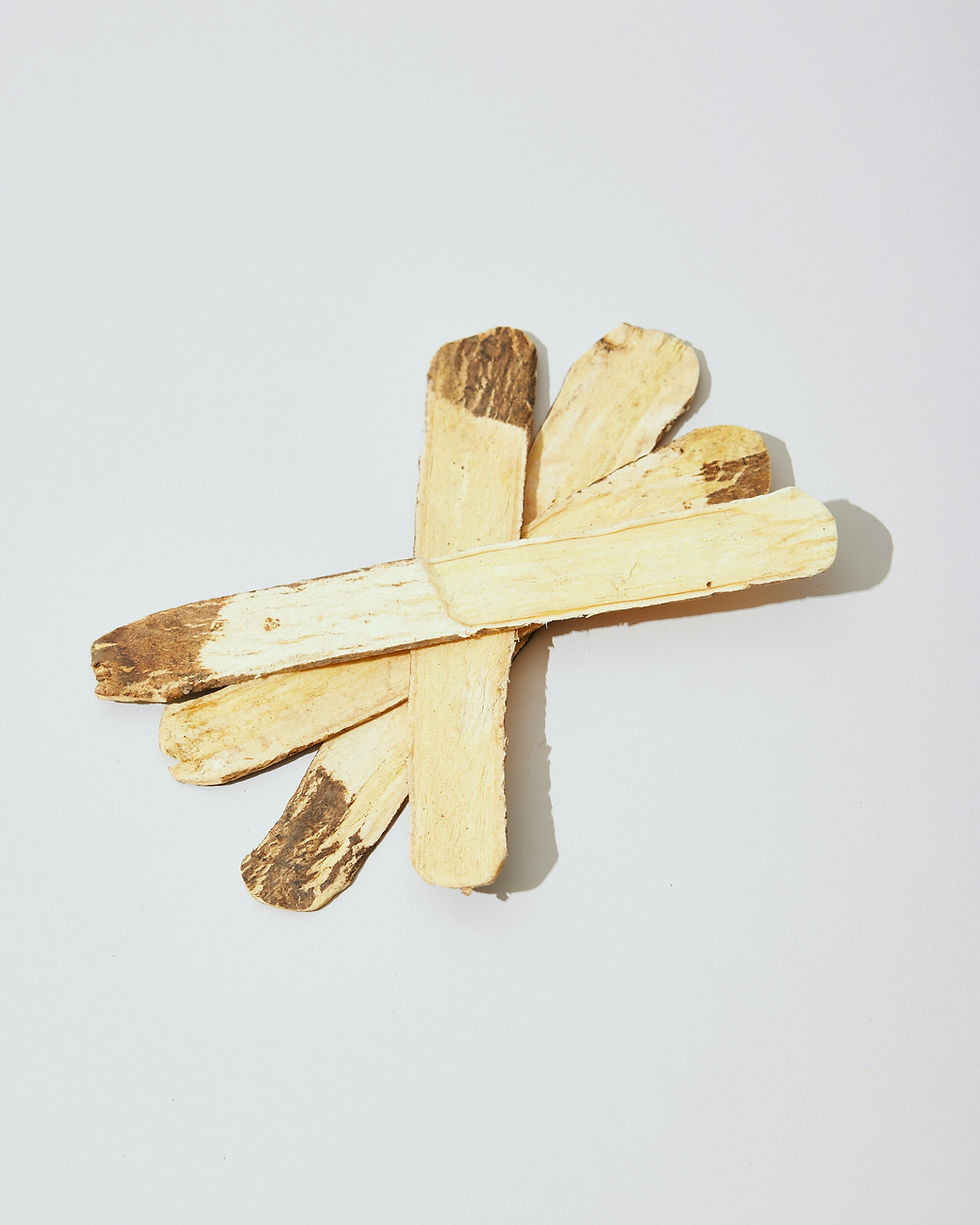Slow Down & Nourish
- brwherbalist
- Sep 9, 2025
- 4 min read
Reach for these plants for deep, gentle nourishment.

Lately there's been one herb that has been flying out of my apothecary.
It's Milky Oat Tincture. Why? And what's it good for? (You might be thinking)
Milky Oat is famous for soothing to the nervous system, with a particular affinity to re-building the myelin sheath, or the outer coating of certain nerves.
Many times we compare the myelin sheath to the outer plastic coating of electrical wires. The protective layer of both supports a stronger signal to be passed back and forth without interference. In our bodies, the myelin sheath looks a bit like a chain of sausages, pictured here in blue along the axon (long and narrow) part of a nerve.

The myelin sheath can get worn away from stress, overuse and most famously, in the auto-immune disease multiple sclerosis (MS) the body attacks the myelin sheath in the brain and spinal cord. Read more on the myelin sheath and how it gets worn out here.
Unlike many of the other herbs that act on the nervous system, Milky Oats are not sedating. They are used in various traditions of herbalism to strengthen the signal of the peripheral nerves and central nervous system.
This subtle herbal action is known as "nourishing" or "tonic" or "nourishing tonic."
It is fitting that people are reaching for nourishment now, at the end of long summer days, often filled with travel, adventure and sun. People are asking me to pour (and clients need indicate) a nourishing, non sedating nervous system treat.
They have their fall harvests to complete, September and October are busy times, particularly in the Bay Area when we get some of our nicest weather. There's work and fun to be had, so reaching for nourishing tonics to keep us running on a full tank is wise.
A few other nourishing herbs I often use in my practice of herbalism are as follows.

Astragalus
Known as a nourishing long-term immune support, this herb has been used for 1000's of years in Chinese herbal medicine to increase the white blood cell count and protect us from sickness.
A woody white root, look for it in the bulk herb department in the shape of a tongue depressor (long, wide cuts, pictured above) to throw into your long-cooked foods like soup, stew or even rice. Infuse your fall months with Astragalus to support wellbeing all winter long. Also makes a mildly-sweet tea (remember to decoct woody herbs!) More on my favorite fall herbs here.
FoTi
Another root from the Chinese materia medica, FoTi aka He Shou Wo is known as a nourishing kidney tonic. Used when there have been prolonged exposure to stress and worry, and often for WOW's (wise older women) with frequent urination and graying hair.
The herb is a dark, very hard black root which has been prepared in a traditional way, being cooked with black beans. Best taken as a tincture or decoction.

Nettles
Often referred to as "wild spinach" the overnight infusion of Nettles becomes a liquid multivitamin. Used often in my practice as a nourishing tonic for all who are looking for a little more pep in their step, during or after puberty, menopause, pregnancy, or really anytime.
We most often use the leaves of nettles, which are also known as an antihistamine, ideal for people who suffer from chronic or seasonal allergies to get a little relief. Ideally prepared at night with ginger (warming) or mint (cooling) and enjoyed in the morning as an overnight infusion.
Nourishment is the herbal action of building and renewal.
It is absolutely essential for continued emotional presence and political engagement. Much of our nourishment can be received from our food, if we are eating the rainbow and digesting well.
There's also spiritual nourishment to be considered, which we receive from meditation and prayer, and emotional nourishment from spending time with loved ones, in nature and pursuing our passions.
Often times, when we deepen our relationship to plants all three types of nourishment can blossom.
Taking the time to nourish ourselves and our loved ones is a radical act, as we address the root of exhaustion and depletion in the time of fast paced life, over stimulated, overcommitted and busy urban lives.
When we take time to slow down and nourish, we offer ourselves a little peace and hope for the future.
Try a nourishing tonic today!
Enjoyed this post? I invite you to join my newsletter with weekly tips for holistic wellbeing, learning opportunities and more. 🐋
























Comments